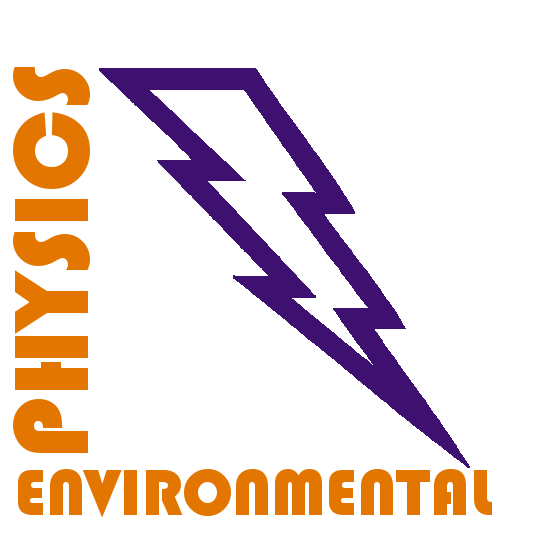|
Abstract: Bio-decontamination of water contaminated by bacteria or yeasts and of surfaces contaminated by spores is investigated by using three types of DC discharges in atmospheric pressure air. The discharges are operated in point-to-plane geometry or with one electrode submerged in water and diagnosed by electrical measurements, and temporally-resolved optical emission spectroscopy. The streamer corona with small current pulses (~10 mA) with a 10–30 kHz repetitive frequency generates very cold non-equilibrium plasma (300–350 K). With increasing applied voltage, the streamers transit to the transient spark: the spark with very short (<100 ns) high current pulses (~1 A) of 0.5–5 kHz repetitive frequency and very limited energy. Thanks to the very short spark pulse duration given by the small internal capacity of the discharge system and the limiting series resistor, the plasma cannot reach LTE conditions (500–1000 K). With an appropriate ballast resistor, this transient regime evolves into a pulse-less discharge with properties of a typical glow discharge. The three DC discharges generate non-thermal plasmas with various gas temperatures and properties and different effects on tested microorganisms.
Bio-decontamination of water contaminated by microbes (Salmonella typhimurium, Bacillus cereus, Saccharomyces cerevisiae) was first tested in a non-optimized static regime, to compare the effects of the three discharges investigated. The highest efficiency was obtained in the transient spark with very short high current pulses. Glow discharge was efficient but too energetic. In the flowing regime treatment by 5 parallel transient sparks, much higher decontamination efficiencies were achieved in shorter treatment times. Streamer corona and transient spark were found very efficient in the flowing regime with the treated water passing directly through the high voltage needle electrode and thus through the active discharge zone. Electro-spraying effect occurring with corona in this regime enhances the efficiency of the process. We also successfully tested disinfection of plastic and paper surfaces contaminated by spores in negative corona.
In bio-decontamination by non-thermal plasma, it is very important to assess the role of various biocidal agents and mechanisms of plasma-cell interaction involved. Various experiments aimed at separation of these agents help assessing their roles: e.g. comparing direct vs. remote plasma exposure; filtering the charged particles and electric field from neutral radicals and excited particles; or applying only UV radiation from the plasma. In parallel with these experiments, the emission spectra indicate that the studied discharges generate various excited species, molecular and atomic radicals and radiation. Based on the emission spectra, the comparison of the effects of the three discharges, and the roles of their various biocidal effects, some of the important bio-inactivation mechanisms are identified: especially the role of radicals and active species generated especially in the transient spark with short pulses. In addition, the absorption spectrometric detection of the products of microbial cell membrane peroxidation called TBARS (thiobarbituric acid reactive substances) method confirmed the important role of reactive oxygen species in plasma treatment and their interaction with cell membranes. Other agents, including UV radiation seem less significant in our conditions. DNA damage that would potentially lead to mutations was not confirmed by special cultivation procedures either.
|

